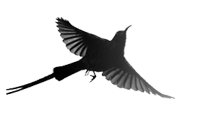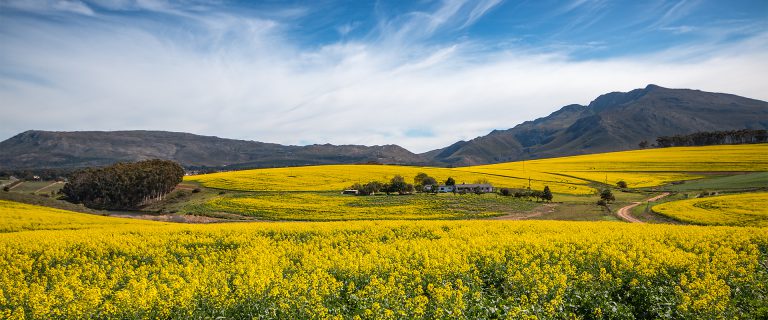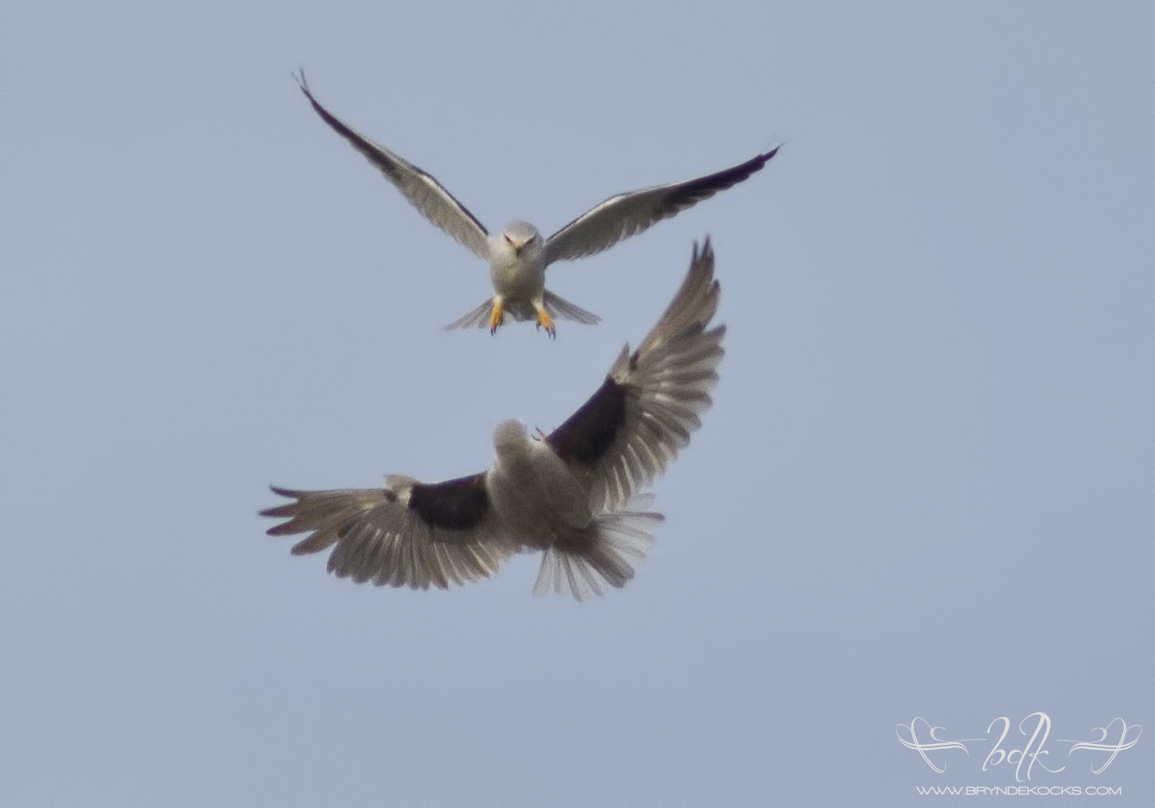Somerset West Bird Club Outing and More
Friday – 17 August 2012
Starting on Friday, after a series of strong cold fronts which brought some damaging winds, icy temperatures and heavy rain, the sun was finally showing again and on my way home from work for lunch I noticed an unusually large amount of Pied Crows circling around the area, I figured that it may be a sign that they may be taking advantage of the first possible light thermals in a while and the best opportunity for feeding in days, I also figured that if it was so for the Pied Crows it may well hold true for the other birds in the area, particularly the raptors. I quickly grabbed my camera and headed to the Helderberg Nature Reserve.

While on route, I saw something circling in the distance and slowed down a bit but the birds disappeared behind a line of trees, the next thing I know there is a raptor circling only around 20 meters from me! I stopped my car immediately, in the middle of the road – grabbed my camera from the passenger seat, and foot on the break hurryingly unwound my window and fired off a few shots while it was close. I then hopped out of the car, in far too much of a hurry to pull up the hand break or take the keys out the ignition – stood in the road taking a few more shots as my car slowly drifted backwards down the light hill. The raptor in question was one of two ‘Cape Mystery Buzzards’. A species that despite their presence being fairly well documented in terms of sightings, is still not identified properly.

I continued into the reserve and went to look around the pond. After walking around to the far side and scanning the skies I was pleasantly surprised by a Rufous-Breasted Sparrowhawk which was heading towards me, once above me it started circling, allowing me to fire off some more shots of this species that I have always struggled to get close to… Not a minute later a second one flew across the other side of the dam. It is clear that the raptors are now getting ready for the breeding season and if the raptors at the reserve in the past few weeks are anything to go by, it may be a good breeding season for the reserve once again.
Saturday – 18 August 2012
Saturday was finally here, after the first bird club outing I attended last month I had been counting down the days until the next, and finally it was here. With the weather being nothing short of terrible for the majority of the month I think all members had their worries that this outing may too fall victim to the ferocious grips of winter. But after checking up on the forecasts each day for the past week it was looking more and more as though we may get very lucky.
On the day I awoke at 5:40am, an hour I am not used to seeing. I got ready and then headed out in the dark at 6:30, making a stop at the garage to get myself some food and drinks for the trip. As I turned on my windscreen wipers I heard the unmistakable grating of wipers on ice. The temperatures in the night dropped down to around 3’C and there was a decent little coat of ice on the windscreen, though as the first signs of light began to be felt, you could see that we had indeed gotten lucky and that the day was going to be bright and sunny with little wind present.
We met in the car park near Waterstone and ended up with a group of 9 members attending the outing, better than last month’s 5. After we were packed and lifts sorted, we headed out on the road for the fairly long trip to the Koeberg Nature Reserve, which was going to be our first target destination. Upon arrival we were met by a rather grumpy and slightly condescending security guard who informed us that the area was closed from the 11th to the 27th of August, this confused the group as the group leader had phoned and spoken to someone there about it the previous day. We pulled inside and phone calls were made to try and find out what was going on, but in the end the result was that we were unable to go inside and we would need to find an alternative – though I can’t say that it was a bad thing, considering they have strict no-camera policies, which would have rendered it fairly useless for me, as I am a camera birder – the telephone lens is my binocs.

We were then off to find some alternatives, the first of which was an area of beach in Melkbosstrand, just off Ou Skip Road. The first sightings were an abundance of Kelp Gull and some Hartlaub’s Gulls, along with a passing African Oystercatcher. A couple of White-Fronted Plovers also entertained as they played hide and seek with us between the washed up kelp. Doves, Starlings, Cormorants and a Levaillant’s Cisticola were also seen. The bird of choice for this area though, in my mind – was the Rock Kestrel which was spotted on top of a tree in the far distance, and had there not been a small stream of water blocking the access to the other side, I may well have attempted to get closer. This river which leads to the ocean runs alongside the car park and I decided to have a peek at what was showing in the fresher waters – in a small area I managed to encounter numerous Cape Weavers, Lesser Swamp Warbler and a male Bishop in his breeding plumage. We were then off to the next area…




Next we stopped off at an area of rocks along the shore line quite close to the Atlantic Hotel, not far from our previous destination. The area had more diversity in terms of bird life with a House Sparrow on arrival perched on the fence of a local restaurant. Several Cape Canaries perched in the small trees in the parking lot, while Kelp Gulls, Hartlaub’s Gulls and a variety of Cormorants were seen around the rocky shore line. Speckled Dove, Cape Wagtail, Little Swifts and various other common species were also seen here. We also decided that we would take some time to enjoy some snacks or beverages. We were then on our way to our secondary original target for the day, Intaka Island.

Intaka Island is a wetland area in the middle of a built up area of apartments and shopping centers, and belongs to Century City. Over the years it has been built up and is now a birding spot that boasts some excellent facilities, and on top of that they are extremely environmental in their approach to how they maintain the sanctuary, which is always good to see. The fact that they’re privately funded in this case definitely seems to be for the best as the amount of time and effort spent into making it better, not only for the visitors but for the eco-system seems to be in a balance that is hard to find.

After entering the sanctuary itself we were greeted by a couple of Mallards, which while looking quite good appear to be likely hybrids, with the male displaying duller and darker areas along his head as opposed to the more uniform green that is found with the legitimate, ‘pure bred’ Mallards.
As we moved on the scenes were amazing, this being my first summer birding, I had not yet witnessed Red Bishops in their breeding plumage properly – it’s an amazing sight. The reeds were buzzing with these beautiful, bright coloured birds bouncing from reed to reed, their nests clearly visible. Cape Reed Warbler and Cape Weavers were also present at the first pond.

Moving on we took a left turn to the perimeter of the sanctuary where we came across some more common species such as Laughing Dove and Cape Sparrows. Further up the path we benched ourselves overlooking the pond with the Cormorant roosts, here we saw, as to be expected – Cormorants and Darters. But we also saw three Black Crowned Night Herons, one of which was a juvenile. A vast amount of other common species were seen either flying by or floating in the water, plenty of Red Knobbed Coots, as one could expect.

Next it was off to the Kingfisher hide, and I had already positioned myself ahead of the group to get into the hide as soon as possible. When I arrived in the hide I was greeted with “You just missed him by about 10 minutes”, though I wasn’t planning on giving up. I took a seat and waited, while seeing what else could be spotted today. A Yellow-Billed Duck was sleeping directly in front of the hide, though eventually woke up and untucked it’s head. Several Lesser Swamp Warblers, a few Brown-Throated Martins and a Blacksmith Plover were present, but nothing special. It wasn’t too long before the Malachite Kingfisher was back to entertain us and did some fishing from both of the close perches, feeding on what appeared to be large tadpoles. The bright colours of these small birds never grow tiring and always excite.



It wasn’t too long before we were headed back towards the car, but on the way back a brave Levaillant’s Cisticola and Robin Chat perched themselves just next to the path we were walking on. After getting back to the cars, we grabbed our lunches and headed to one of the outside tables at the Intaka center and sat down. While we were there a Little Rush Warbler was in the bushes and a group of around 6 Spoonbills came in and landed on the roof directly above us outside, though at this point I had put my camera back in the car already. We enjoyed our lunches and then headed back to Somerset West.



This is when what was probably the sighting of the day occurred… On the way back home, as we were approaching the Wimpy that is on the N2 just outside Somerset West, I noticed a raptor that was hovering very low, a mere few meters right above the center island of the road, as we drove past we identified it as a Yellow-Billed Kite – which not only is a lifer for me, but is quite an early record for this species.
Overall the weather was good, and despite the fact that we got turned away from Koeberg it was a full and fun day of birding.















Hi, I am the lady in the Kingfisher hide who is a newbie and for whom Jill got your blog address from. Lovely photos and I have loved going through your blogs. I have just joined the Tygerberg Club but have not gone on one of their outings yet. So much to learn but I am determined to take it slow and enjoy the process. I find it helps so much to keep looking at photographs taken by talented photographers such as yourself and try to guess the bird before looking at the name. Kind regards
Felis Ungerer.
Hey Felis,
Thanks for your kind comments. I too am quite a ‘newbie’ to birding, I only started the beginning of last year. But when you are passionate about it, it’s amazing how much you can pick up just from being out in the field. The process of seeing birds then identifying them is definitely helps in IDing them in future, I’ve found that once I see a bird and look it up and confirm the ID, from that point I can ID it. I am useless at IDing birds I haven’t yet seen though. The first months are the great if you’re keeping a life list, so many new lifers to get excited about. In my experience the club members are always very welcoming and should definitely assist in your birding endeavours. Best of luck!
Wonderful blog again Bryn, and good to hear from Felis too – you two have so many wonderful, exciting and new birds ahead of you. I just love being with “new” birders who are as enthusiastic as you two!
Great with the YBK Bryn – I haven’t seen one yet.
Yes, Koeberg was a disappointment, especially as Sakkie had confirmed it all the previous day with the Chief Conservation Officer. However, there is only a camera ban at the main area, and we have always been able to take shots inside the hiking/birding trails, so don’t give up on that venue.
There wasn’t anything startling at Intake – but just nice to see what was there, especially that wonderful jewel, the Malachite Kingfisher – I was especially interested in the fact that it was a huge tadpole that he was eating and not a small fish! The Red Bishops were superb, as usual and I enjoyed the Spoonbills, particularly when they were on the roof of the Environmental Centre. Remember NEVER leave camera and bins in the car!!
Look forward to seeing you (both) again. Birding is going to bet better and better over the next couple of months.
Cheers
Jill
Awesome Bryn, always enjoy reading about your outings!!!
Hi Bryn, super photos and lovely write up!
All the best Heide